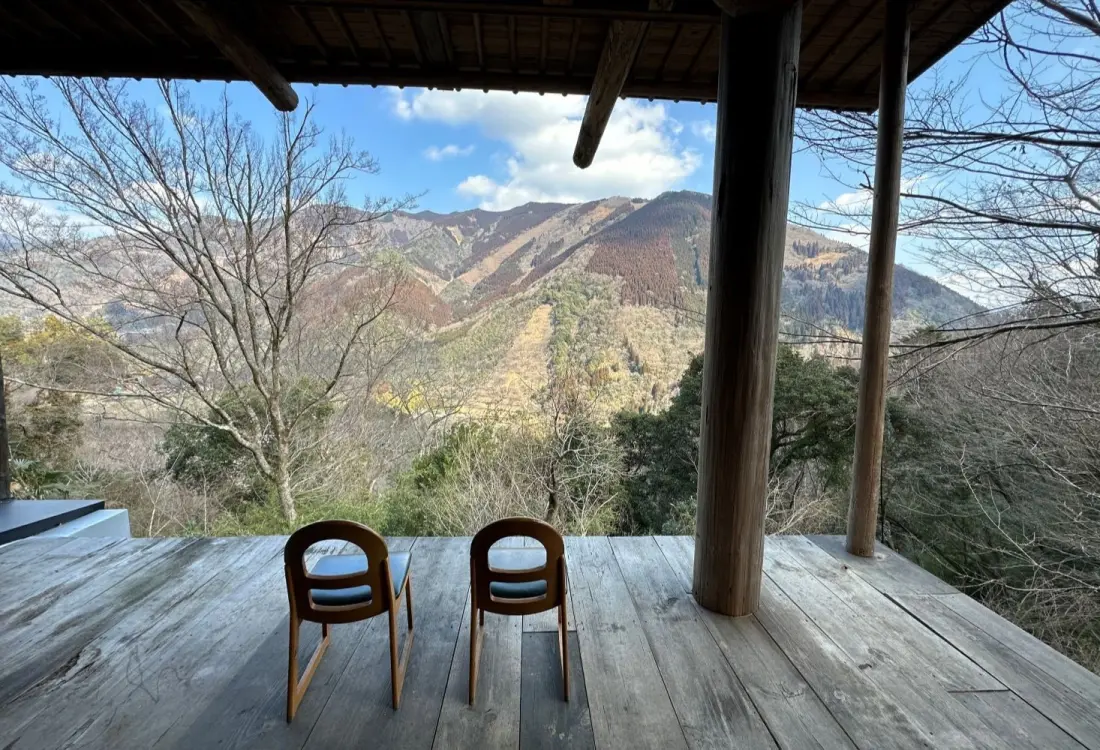
Traditional Life in Shiiba Village
Kyushu’s Secret Hideaway
For a while I had heard stories of Shiiba Village, one of Japan’s three “hidden regions” located deep in the mountains of Miyazaki Prefecture. Whereas the other two, Shirakawa-go and Iya Valley, have become popular tourist destinations, Shiiba is still largely unknown and receives very few visitors from abroad. I was looking for a place to get away from it all and get in touch with Japan’s traditional way of living. Shiiba turned out to be the perfect place to visit.

Shiiba village is actually a collection of small hamlets tucked deep into the central mountain range of Kyushu. Covering an area almost as large as Tokyo’s 23 special wards, it has just over 2000 inhabitants, compared to the 10 million of Tokyo’s 23 wards. This vast mountainous area is best accessed with a car. As we drove past Japan’s southernmost ski area in neighboring Gokase, we slowly entered the steep valleys of Shiiba.

The first stop was Tonegawa, a small hamlet which has been registered as one of Japan’s Important Preservation Districts for Groups of Traditional Buildings. The wooden farmhouses are built on stone terraces on the bottom of the mountain slope. With very little flat land available the people here have learned to make the most of what the natural environment provides. A pleasant walking route will lead you along the beautiful stone walls and traditional houses. At the top, one house has been renovated for shared use and you can book it for yoga sessions to not just physically but also mentally leave behind the hustle and bustle of daily life.

To feel the power of nature you should also see the local shrine and precinct which contains the giant Yamura cedar tree. Said to be over 800 years old, it is one of Japan’s tallest cedars with a height of 54 meters and a circumference of 19 metres. Further on in the valley you can find another living giant: the Okubo Cypress. Planted over 800 years ago to guard a grave, it was left to grow naturally, expanding its branches outward like a massive living creature.


We drove on to the central part of Shiiba village visit the Shiiba Folklore Museum, a large modern museum with great displays explaining all the different customs and traditions that have survived in Shiiba. Here I learned that Kunio Yanagita, Japan’s father of ethnological studies, visited Shiiba and the book he wrote on hunting practices and related vocabulary, formed the basis of Japanese ethnology. Since he wrote the book in 1910, many things may have changed but the next day I got to experience some of the traditional farming and hunting practices that remain in Shiiba. But not before I had a great stay at the Tsurutomi Ryokan next door.

Tsurutomi Yashiki is an old residence that is set to have been the stage of a famous love story. In the 1180’s the Genpei Wars between the Minamoto Clan and the Taira Clan played out. The Taira’s lost and fled deep into the mountains of Shiiba. Nasu no Daihachiro, a Minamoto warrior who was charged with hunting them down and killing them, realized the Taira were of no threat anymore and sent a message back that his mission was fulfilled. Unexpectedly he was called back from Shiiba and had to leave his newfound love, Princess dinner in the old residence around the irori (sunken hearth). Lovingly prepared with an endless stream of local dishes, the amazing meal was a heartwarming end to great day away from it all.

The next morning I went further into the mountains. From here on the bendy roads became even smaller, gently hugging the steep mountain slopes. The locals have a special word for giving way, which is a necessity for driving here, as is patience and a strong heart going up these steep mountain roads. Every now and then a clearing in the forest gives way to sweeping views over the deep valleys. Now I felt I had truly left the hustle and bustle of modern life behind.
My destination was to meet with Masaru Shiiba. His gentle smile and some quick jokes welcomed us to the Yakihata Soba Club House. Masaru Shiiba’s family is one of the families in Shiiba who still practice an ancient farming technique called Yakihata. This regenerative way of slash-and-burn agriculture has attracted attention again as a traditional way of sustainable agriculture as well as maintaining the forest, providing a healthy balance between farming, forestry and nature.

After a small piece of forest is cleared for timber, the remaining shrubs are burned. The ash helps provide a nutrient rich soil which is immediately sown with ancient soba (buckwheat) seeds, which are said to be ancient seeds, repeatedly sowed and harvested for over 5000 years. The second year, the land is used for millet, and then followed by azuki and soy beans. After 4 years the land is left and the forest is left to regrow for over 20 years. Chestnut trees and others food trees are planted to provide food in the new forest for wild animals, so they stay in forest and do not come down to the village and farms.

Back at the club house Masaru showed us how to make soba noodles from his ancient buckwheat flour. The preparation of the dough is a careful process that needs, besides simply water, a bit of attention and care. Cutting is an art in itself and despite my somewhat thick noodles, it must have been the best bowl of soba I have had.

The final stop of my visit was the Treehouse forest of Kazuhide Omae. He is an architect and this becomes clear the moment you step out of the car. He covered the old farmhouse of his grandparents with an immense roof opening up on the valley side. The dramatic views from the wood deck will take anyone’s breath away.

If that wasn’t enough he decided to build a swing on top of the roof. It is not for those with a fear of heights but the feeling of swinging into the valley gave just the right of tingling in my toes and if I still had any worries on my mind they would have disappeared into thin air.

Mr. Omae is not only an architect but he is also one of the many hunters in Shiiba. He explained about the Shinto prayers to the mountain gods and the forest gods before going on a hunt with his dogs. He also showed how to make gohei, paper decorated wands used in Shinto rituals. Just like Masaru Shiiba’s traditional farming method, his way of living with nature, taking from it and giving back to it, felt so natural and respectful. Not just a certain faith, but a way of living.

Then we went on to tap maple syrup from some of the huge maple trees on the mountain behind his house. After we installed the taps I couldn’t resist climbing one of his self-built treehouses. This turned out to be Japan’s highest treehouse at 28 meters, but on a steep slope it felt like I climbed to the top of the world.

With shaking knees I looked out over the valley that was starting to color golden in the sunset. A certain peace came over me as I thought about the people I had met here and their traditional way of living together with nature. And for a moment, all was right in the world.


Remco Vrolijk
Remco has been a long term resident of Kyushu who fell in love with the traditions of the Japanese countryside. Combining his academic backgrounds in Tourism and Japanese Studies he can mostly be found guiding in one of Kyushu’s many porcelain kilns, renovating traditional houses or discovering hidden gems in Kyushu.
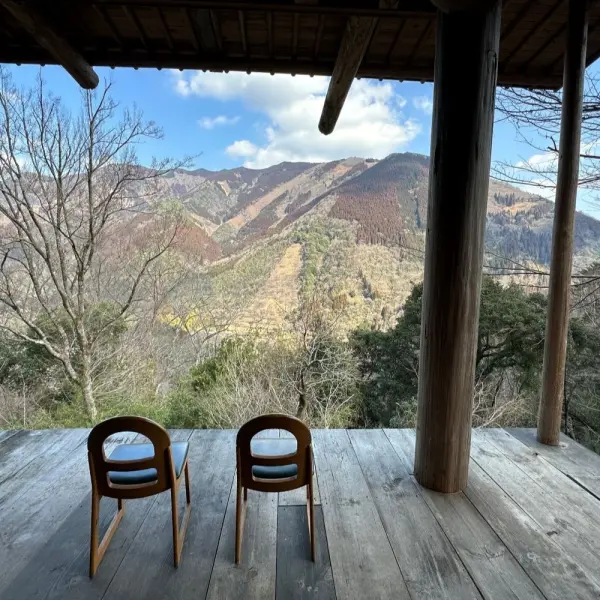 Traditional Life in Shiiba Village, Kyushu’s Secret Hideaway
Traditional Life in Shiiba Village, Kyushu’s Secret Hideaway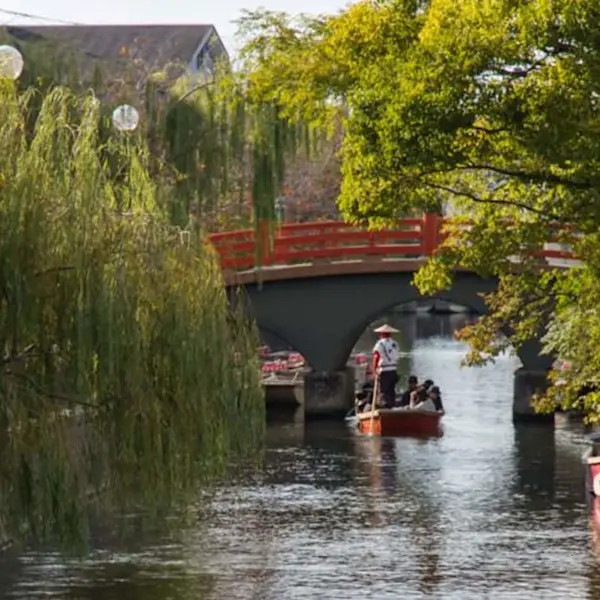 Follow the Canals: The Humble Beauty of Yanagawa
Follow the Canals: The Humble Beauty of Yanagawa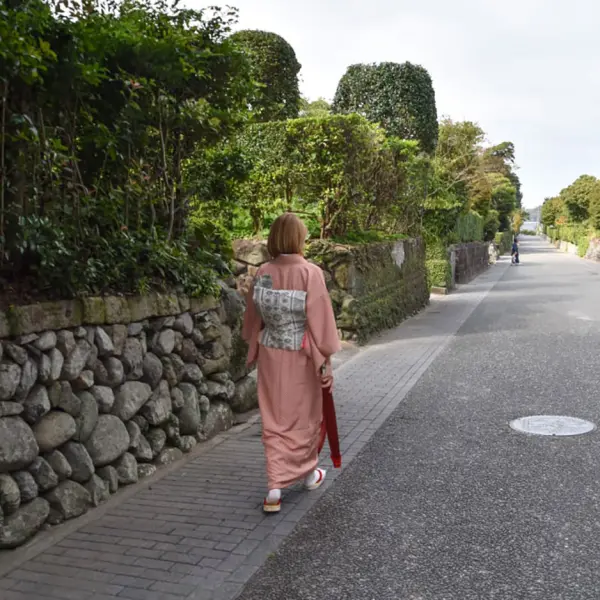 Visit one of Japan's largest samurai residences in Izumi
Visit one of Japan's largest samurai residences in Izumi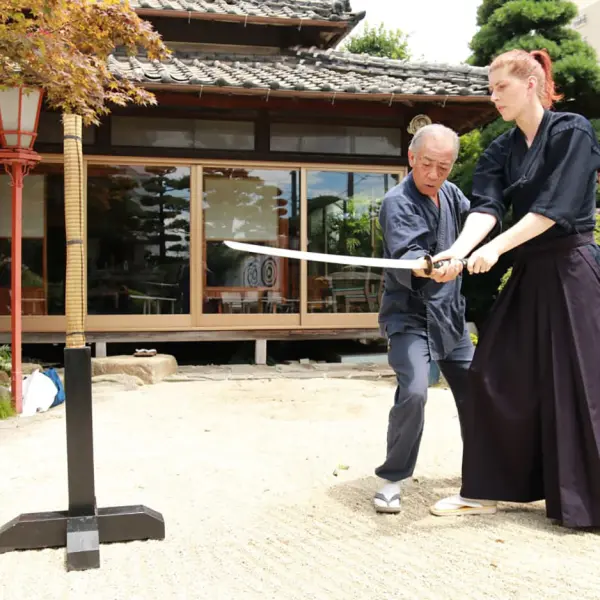 Katana Training & Omuta Exploration
Katana Training & Omuta Exploration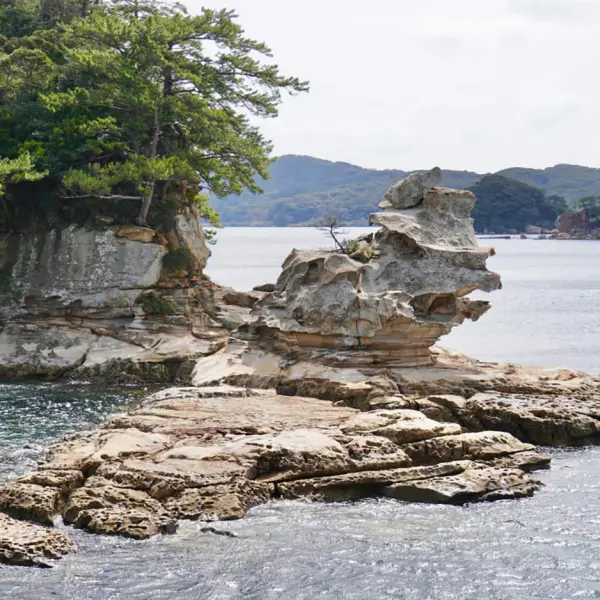 99 Islands and a Mouthful of History in Sasebo
99 Islands and a Mouthful of History in Sasebo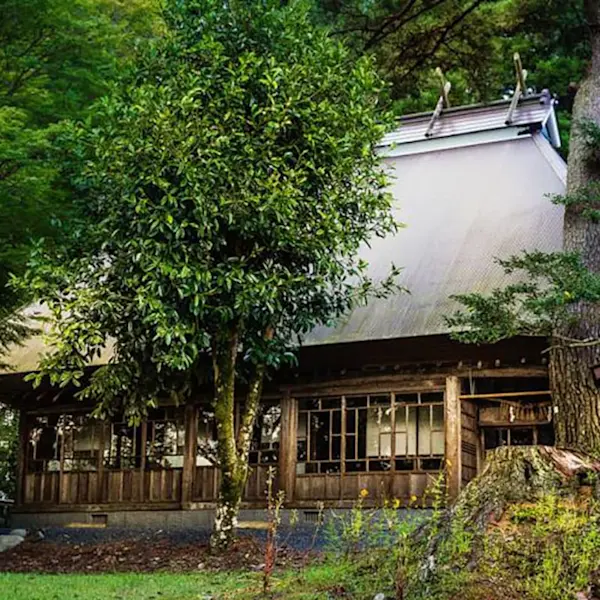 Takachiho: Explorations of a mystical land
Takachiho: Explorations of a mystical land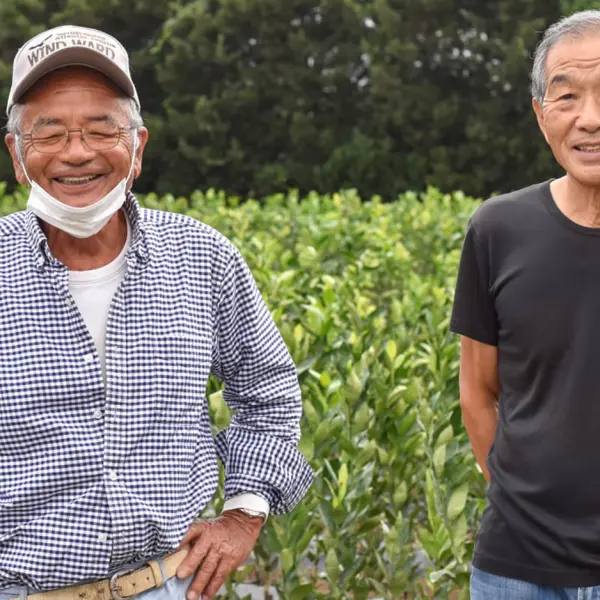 Meet the Locals at a Japan Farm Stay at Kagoshima
Meet the Locals at a Japan Farm Stay at Kagoshima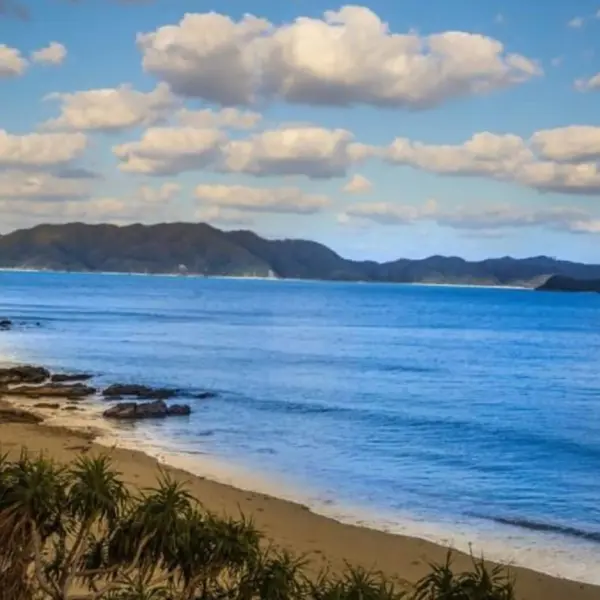 Amami Oshima: Gorgeous island steeped in history
Amami Oshima: Gorgeous island steeped in history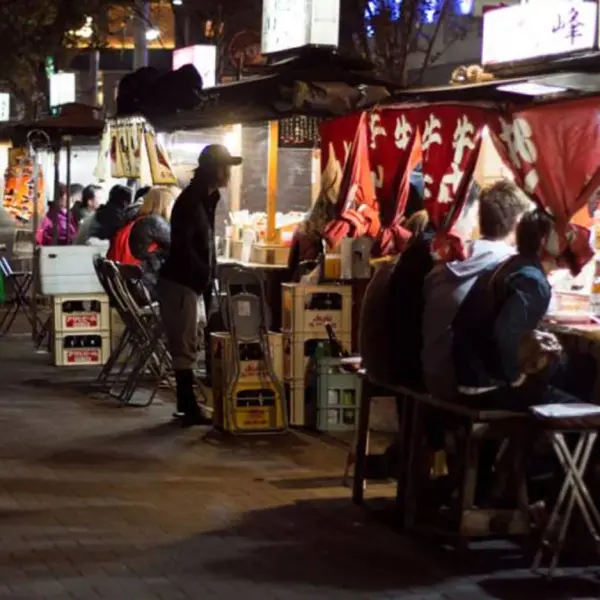 Yatai in Fukuoka: Sitting at the Counter with History
Yatai in Fukuoka: Sitting at the Counter with History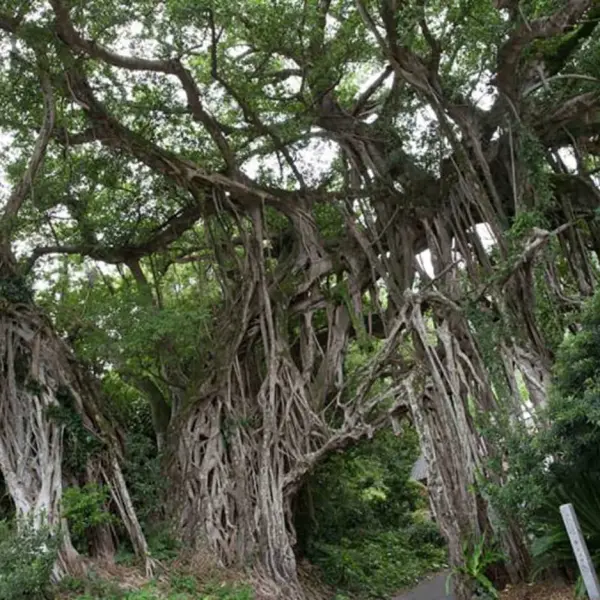 Yakushima: Feeling the Island
Yakushima: Feeling the Island




